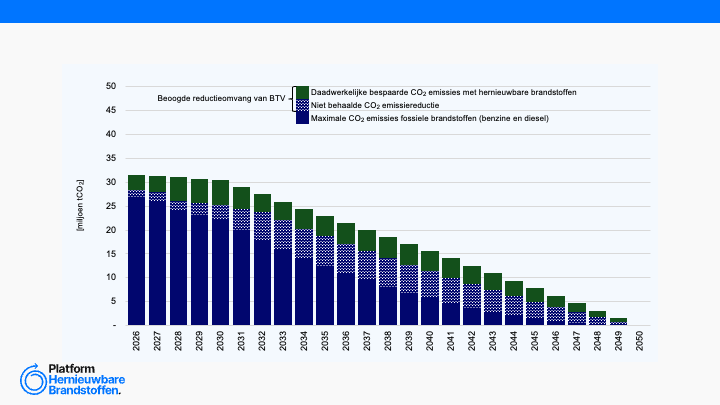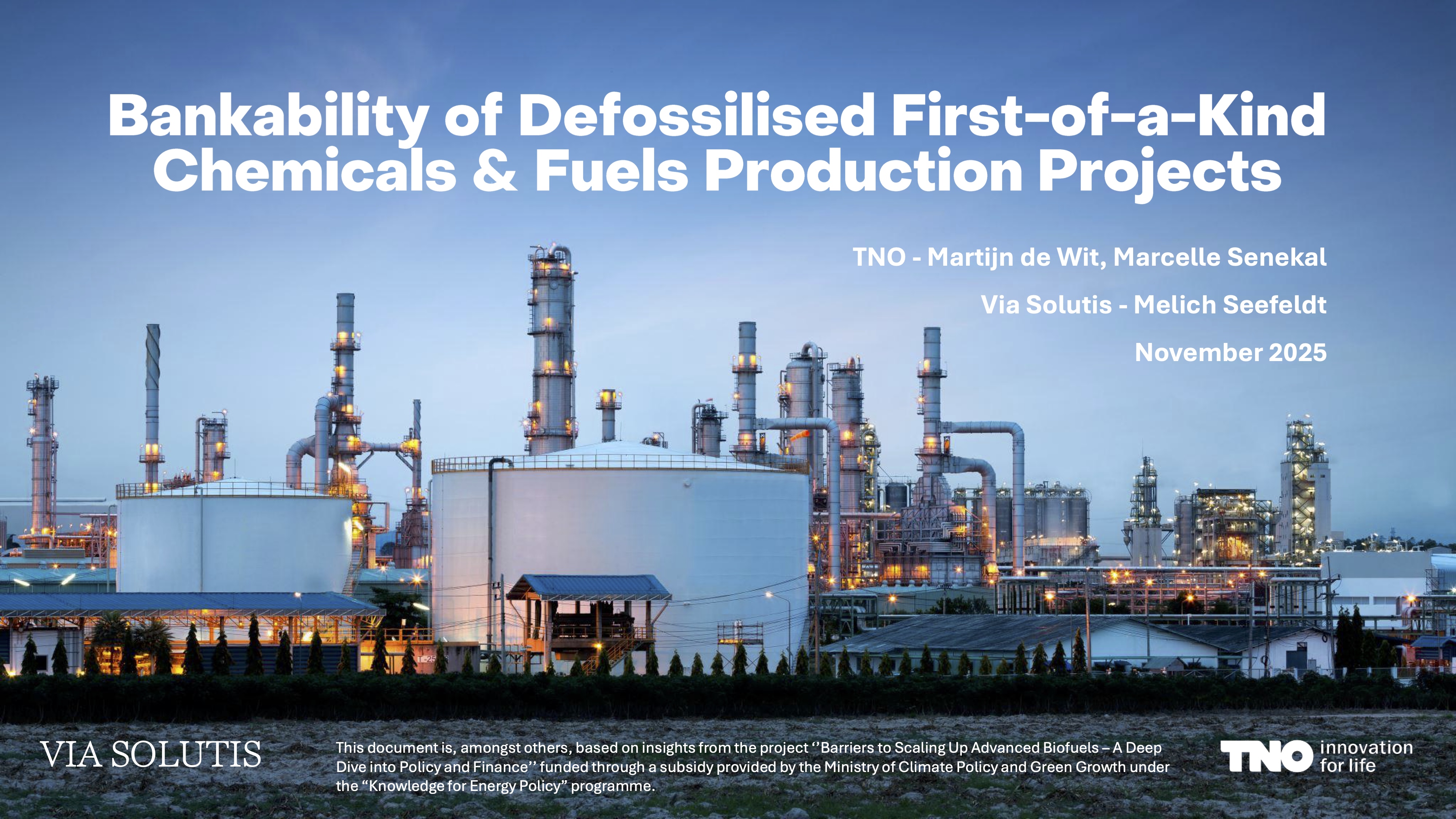f3: Methanol as a Renewable Fuel – A Knowledge Synthesis | 2017

SHORT SUMMARY
Methanol use in various applications is on the raise globally and there are several examples on how methanol is used in the transport sector today. From these examples, it can be concluded that the main reasons to go the methanol route are that the production is comparably efficient and cost effective as well as that use of methanol is carried out without any noticeable problems. There are also several examples of where methanol as fuel is under advanced testing in various, sometimes novel, types of engines.
From the historical background can be discerned a lack of long term perspective with respect to (a) earlier and current motivation to “use/not to use” methanol as an alternative fuel, (b) experiences gained from earlier periods of methanol usage, and (c) why interest to use methanol as an automotive fuel has shifted through the past decades. The objective of this report is thus to create a knowledge synthesis with this long term perspective in mind and to look forward and address methanol’s potential role as energy carrier/motor fuel in Sweden (and elsewhere).
In discussions about the use of methanol as a transportation fuel, its toxicity and potential corrosiveness is often mentioned as key reasons why not to introduce methanol in the fuels market. Despite numerous contacts with companies and institutes who have long term experiences with methanol use as a fuel no new additional concerns (besides being toxic and corrosive) were revealed with respect to not to use methanol as an automotive fuel. The review rather showed that health and safety issues support the “use” alternative.
Production pathways for methanol from fossil feedstocks are very well proven and much knowledge is applicable when renewable feedstocks are used. There are two main steps in the production; the syngas (hydrogen plus carbon monoxide) production and the conversion of syngas to methanol. The latter step does not differ from corresponding process in fossil-based concepts. It is cost and energy efficient syngas generation from renewable feedstocks that is the key to successful production of renewable methanol. Biomass based methanol production can also be combined with novel concepts such as electro fuels (Power to Liquids, PtL). Inclusion of PtL can increase the production potential of methanol from a given amount of biomass with > 50%.
In a developed scenario (nth plant economics), biomass based methanol can be produced at costs in the range of 65-70 EUR/MWh, which corresponds to 40-50% higher production cost than today’s price of fossil fuels on an energy basis at plant gate. The two main elements in the overall production cost, cost of capital and cost of feedstock, have been studied and varied to understand the dynamics of production economics. If e.g. the biomass price would be at about half of what it is in Sweden today (which would correspond to the typical price in southern US) cost of production would drop to 50-55 EUR/MWh, close to current fossil fuel prices. Methanol production costs also stand up well in comparison with other renewable fuel and production cost is e.g. typically only 50- 60% of that of cellulosic ethanol (on energy basis).
As availability of biomass feedstock currently is strongly debated, the report includes a description of how the methanol production potential can be calculated based on feedstock availability and conversion efficiency. As an example, if the average feedstock availability potential 2050 is combined with the average conversion efficiency, approx. 40 TWh/year of methanol could be produced. If the PtL concept also would be fully implemented, the potential could increase up to approx. 60 TWh/year.

 Download hereVisit Website
Download hereVisit WebsiteRecente artikelen
Analyse brandstoftransitieverplichting

Nederlandse industrieclusters presenteren bidbook: Een basisindustrie om op te bouwen: nu & in de toekomst


